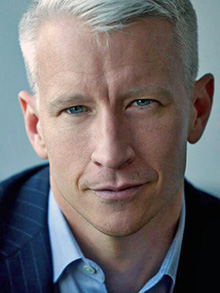I was over at a friend’s house yesterday, and I saw something on her refrigerator door. It was a small of Buddhist proverbs relating to difficult times and tough situations. At first I didn’t pay much attention to any of the writings, but instead opened the door and got some ice out of the freezer. However, as I shut the door I started to read the first proverb.
Once I had finished reading the first piece, I was so captured by the interwoven simplicity and wisdom that I couldn’t help but read the remainder of the writings. Having found such a large amount of wisdom and vast understanding, I decided that it would be selfish of me not to share them with everyone. I have therefore decided to post one per day here on my blog, and also to share some of my own thoughts regarding each respective proverb.
So, for today the first piece of Buddhist wisdom for difficult times is:
Things falling apart is a kind of testing and also a kind of healing. We think that the point is to pass the test or to overcome the problem, but the truth is that things don’t really get solved. They come together and they fall apart. Then they come together and fall apart again. It’s just like that. The healing comes from letting there be room for all of this to happen: room for grief, for relief, for misery, for joy.
–Pema Chodron
The dichotomy that is initially established by the first line (a test and a way of healing) indicates a type of optimism that one might not readily see during a struggle. Firstly, healing is a fairly indisputable positive process, correct? Even if the healing process itself is difficult, the intended outcome (being a healed state) is universally recognised as positive. Secondly, a test in the traditional sense can have a positive or a negative outcome—one can either pass it or fail it.
At first, that seems like it could net a doubly positive result (passing the test and healing), or a null result (failing the test, but possibly still attaining a healed state). However, I don’t believe that sentiment is what Chodron intended. As indicated by the second line, the outcome isn’t the important part of the test or of the healing process. Rather, the processes themselves are the most crucial elements. Being a part of those processes, and allowing them to occur in their natural manner will give one the opportunity to find a medium between passivity and activity in one’s own life.
When thinking of that medium between passivity and activity, it might be beneficial to picture a game of Tetris. While one can’t choose the pieces that are going to come next in the continuous progression, one can manipulate the piece’s orientation and position in the overall grid of the game. I believe that Chodron was trying to get us to understand that though we can’t sit back and just watch our lives happen to us, we do have to realise our limited control over events and their juxtapositions. This idea is further portrayed in the closing sentence, where she says that the “healing comes from letting there be room for all of this to happen.” When one can accept that there will be rough and turbulent times along with the great ones, then one can be more at peace with the current situation, whether pleasureful or painful. The comfort may come in knowing that no situation is permanent, and that one does have an ability to change the situation in certain ways (though not all ways). This idea is not limited to Buddhism, but is also prominent throughout the Judeo-Christian tradition, especially throughout Israeli folklore involving King Solomon.
|:| Zach |:|


1 comment
Thank you Zach – Perfect reading for my day; so glad I happened upon your writing. Cheers, P